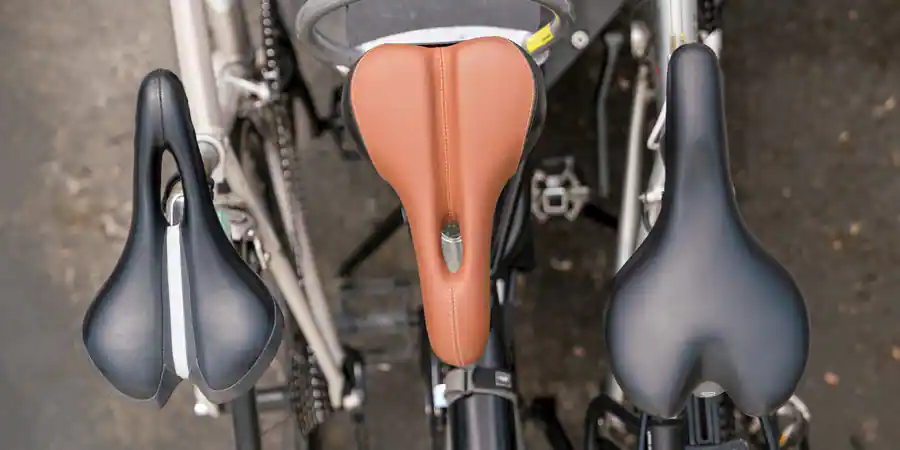Every component on your bike is as important as the bike itself. Most times we concentrate so much on getting the right bike or a fast bike that we forget other things on the bike are also important, things like the saddle. The saddle is where you sit to ride your bike, and that is also the first place that will tell you how comfortable or uncomfortable your ride is going to be for a very long time. You need to know that a saddle can be changed or replaced.
Choosing the right saddle for your bike is essential because the relationship between you and your saddle can either be one of joy or one of bitterness. Choosing the wrong saddle can ruin riding for you for life.
Although both men and women experience saddle discomfort, they both choose different designs because women’s needs are more diverse than those of men. One thing you need to know is this any bike saddle can fit any bike, you just need to know the one that fits you more
One of the easiest ways to find the right saddle fit for your bike is to measure the width between your sit bones. This can be done by visiting a local bike shop as they have sit bone measuring device that can help you easily find your measurements.
There are many reasons why you may think any saddle is ok with you as far as you have fallen in love with the bike, but here are reasons why this article should be important to you;
- To avoid saddle soreness
- To avoid unnecessary back pain
- Serious health issues
Read also: 10 Speed Bikes That Are The Fastest
Due to all the mentioned reasons above, here are a few tips on how to choose the right saddle for your bike;
1. Your Riding Position And Flexibility
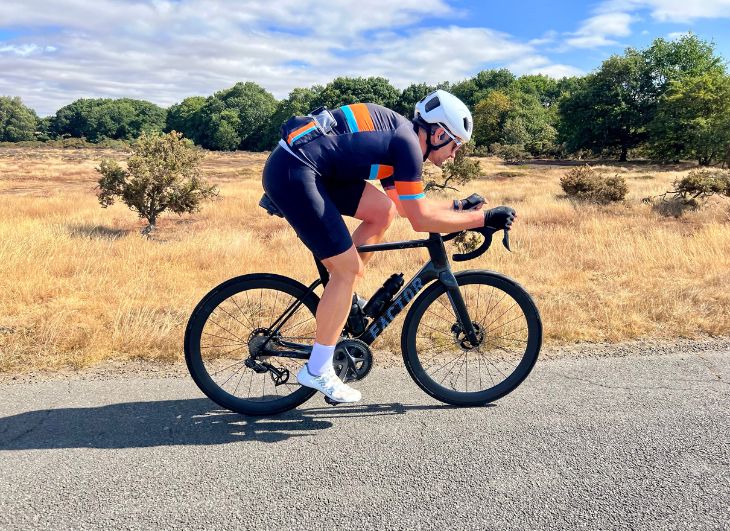
Your flexibility as a rider can never be ignored. This is because it helps you know your riding style and what kind of saddle to go for. If you are an experienced rider who is more aggressive while riding you may want a saddle that allows you to have the flexibility and strength to rotate far forward over the bottom bracket and are in a low position.
The saddle’s nose has to be narrower and its flare has to come quickly so you can sit back on your sit bones because you will need more soft tissue relief, in the shape of a cutout or relief channel.
Riders adopting a more upright position will need lots of sit-bone support, comfort, and padding.
2. Your Physiology
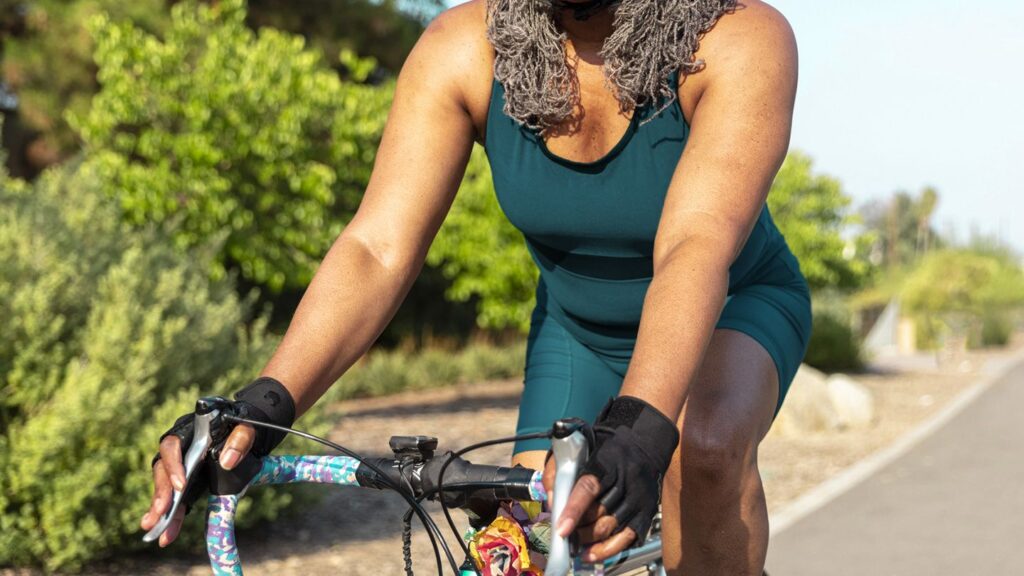
You need to consider your physiology when choosing a suitable bike saddle, and this is where the sit bone measurement comes in. As was mentioned earlier, it can be done in most good bike shops. This has nothing to do with your jeans size as lightweight riders can have wide bones.
Another way of doing this is by saddle pressure mapping which is often available as part of a bike fit. To do this, an expert will need to tell you where you’re placing pressure and thus which bike saddles may help to alleviate this. This method helps to narrow down your bike saddle choice, just like using a sit bone measuring tool does.
3. Try Out The Bike Saddle Before You Take It Home
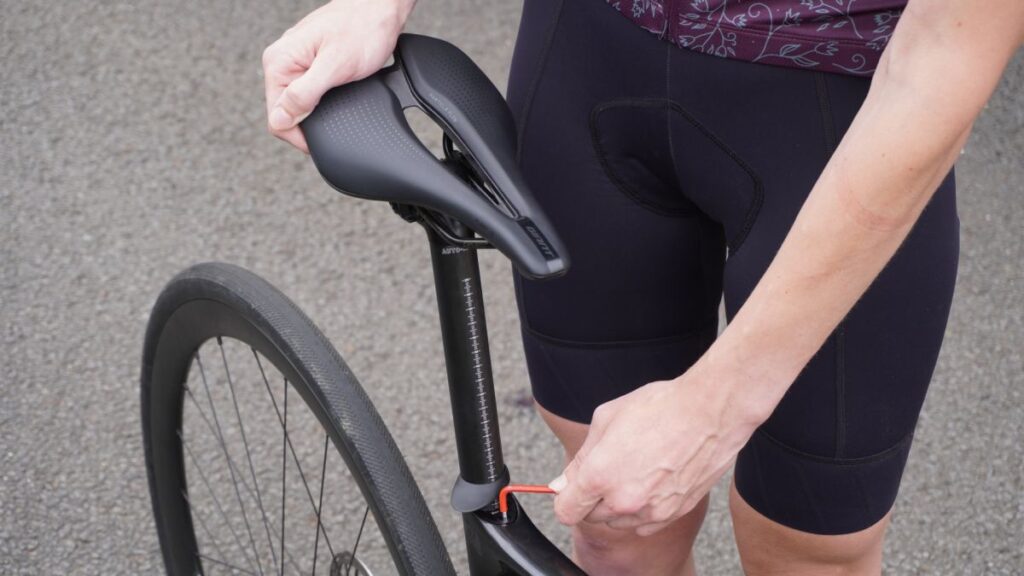
To do this, you need to test the saddle out, and a lot of bike shops allow for this. This should be the most common way of knowing which saddle will work for you. Take your time in the bike shop to ride it a bit and know if it’s what will fit you as they will help you when something doesn’t feel right. Do not be in a rush to do this, so that you don’t have to rush back to the bike shop again with complaints.
Start with a standard saddle and adjust based on specifics. Every time you test a saddle, make sure to notice if it’s closer or farther from the comfort you’re seeking.
4. Your Gender

While there are several unisex saddles, there are also saddles made strictly for males or females. You have to know the one you want to buy and the one on your bike before you take it home and discovered you took home the one strictly for your opposite sex. You can try riding it but you won’t go far because you will have a lot of discomfort.
Women’s saddles have wider sit bones because of their hips to allow easy childbirth. The two main differences between men’s and women’s bike saddles are a greater chance of thigh chafing in women and soft tissue differences.
5. Your Job
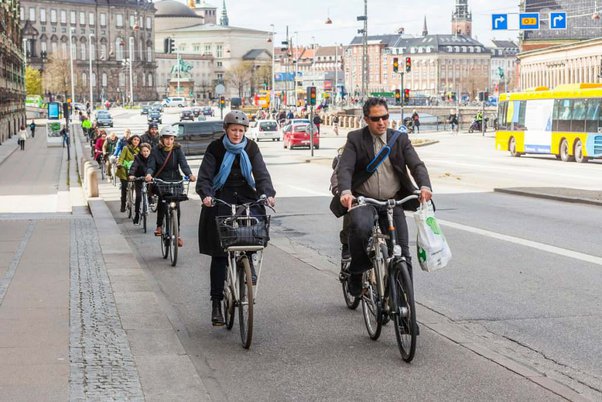
Why exactly do you ride a bike? Is it for professional cycling? For a tour, for sporting or exercising, for mountain riding, for recreation, or your means of transport to go to your workplace? The type of saddle you choose will have to be based on any of these reasons to allow you to have a stress-free day.
Some saddles are more supportive for different terrain or intensity which have to do with what you use your bike to do.
Read also: How Can I Find The Ideal Cycling Tour Operator?
6. Your Budget

This is an important factor when shopping for a bike saddle. The more you are willing the spend, the more available options there will be for you such as lightweight carbon saddles and 3D-printed options. Although it’s not strictly important to have the lightest, most innovative saddle, that is what most riders may want. Either way, the affordable alternative is also perfect for you.
7. Your Saddle Position
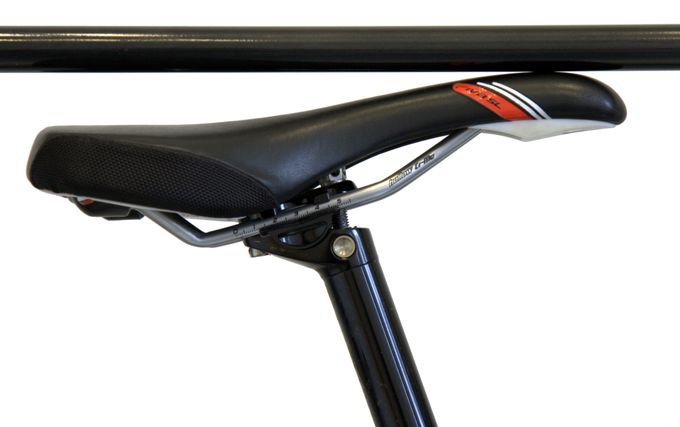
Finding the right saddle for you is not just enough, you need to know how to fit it properly to give you comfort. While some riders may find that a level saddle is most comfortable as it offers an even pressure across the body, other riders may find they need to tilt it ever so slightly for the same result. This can be done for you in the bike shop when they help you fit your bike as a whole, or you can do it yourself, but remember to wear the kit you usually ride in such as shorts and cycling shoes as this will affect the saddle height.
8. Your Saddle’s Padding
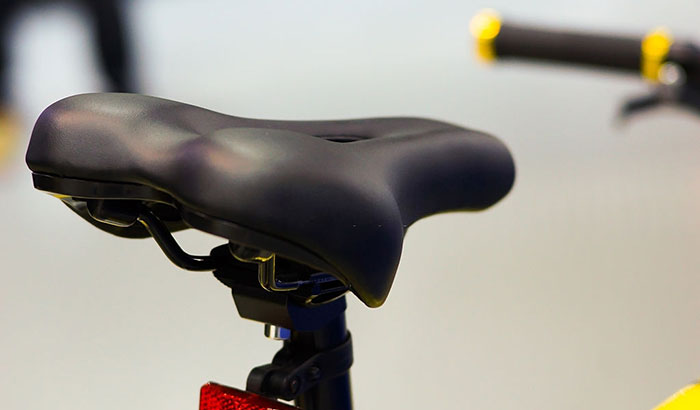
Minimal padding is very essential to your saddle. If your saddle and your bike shorts fit properly, you shouldn’t need a seat with a lot of padding. Too much padding is not good because when you pedal, your sit bones seek a surface to press into, and if you have a lot of padding, you may be putting more pressure on sensitive tissues.
9. Your Saddle Material
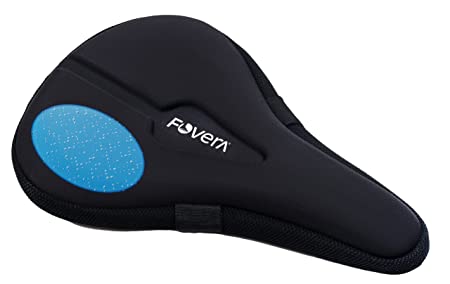
Saddles come in several materials that can affect things like weight, flex, break-in time, weatherproofing, and cost. The two main parts of a saddle to pay attention to are the cover and the rails.
There are Synthetic materials that are lightweight, low maintenance, and require no break-in time, making them a popular choice for most riders, while there are Leather materials that are not lightweight or waterproof which means you may need to treat it with a leather conditioner occasionally.
And then there are Cotton materials which are designed to stretch and move just a little while you ride, and offer excellent comfort and control while pedaling.
10.Your Bike Saddle Shape
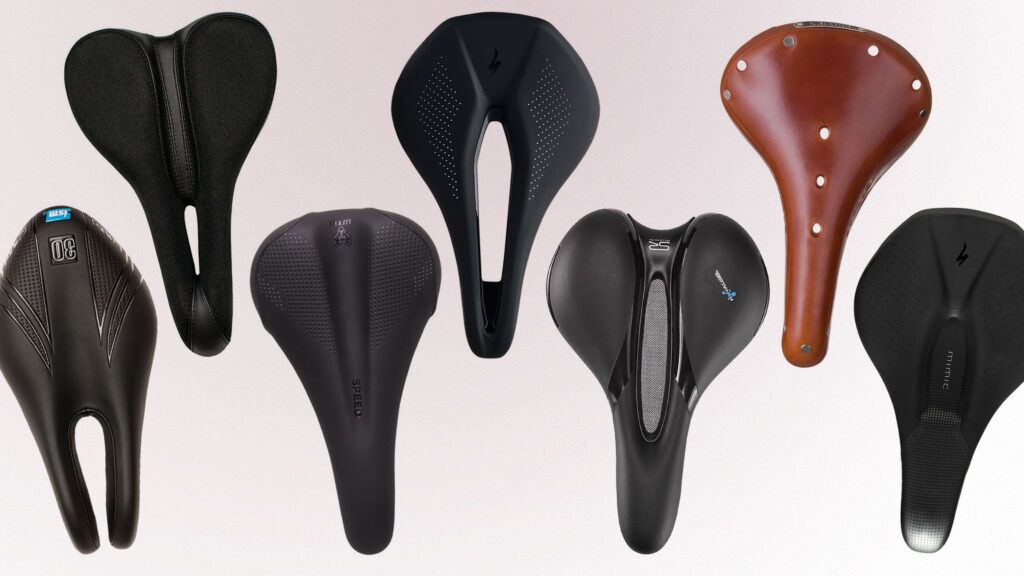
A pear-shaped saddle gives you more room to change riding positions comfortably, but if you sometimes have trouble with thigh rub on your saddle, a T saddle will stay out of the way and help you avoid that.
A few brands are now coming out with shorter, snub-nosed “power saddles.” These are designed to give you a wider range of riding positions, without the nose of the saddle rubbing or getting in the way as you move around.
Read also: Bicycle Tourism Economic Impact In The World Today

